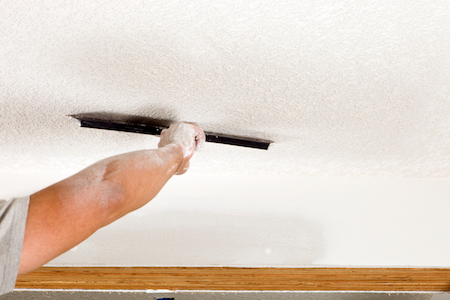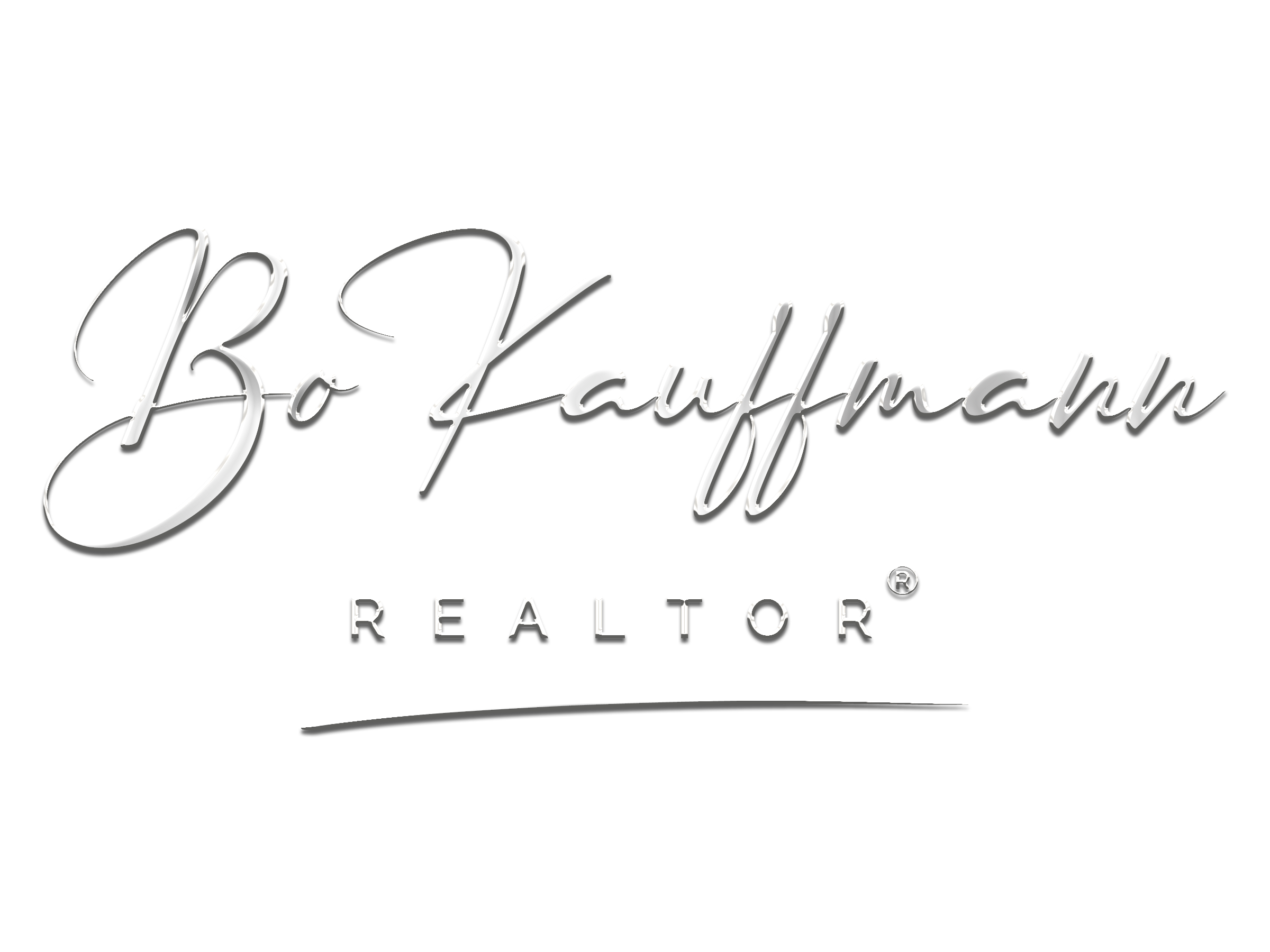
3 Ways to Remove a Popcorn Ceiling
While the popcorn ceiling trend might have been all the rage in the 60s and 70s because of its ability to hide imperfections—it’s no longer something you want in your home. They catch dust easily, are difficult to repair and hard to clean.
Getting rid of them isn’t as hard as you might think and a more modern look will appeal to buyers. Here are the three best ways to safely remove this tired trend so you can sell faster:
Use drywall to cover it. You will need to use ceiling-grade gypsum board, which weighs much less than traditional drywall, but you can then easily affix it right over the unsightly popcorn ceiling without having to strip the ceiling.
This is a great option if you think you might be dealing with lead paint or asbestos, since this will trap those substances instead of sending them into your air like the other methods could. It will also give you the smoothest finish possible, and the professionals can complete this job for you in no time. This method can be a little more expensive since the sheets of ceiling board can cost about $9 per 4×8 sheet, and can be hard to maneuver on your own, meaning you’ll probably want to spend the extra cash on a professional.
Scrape it off. An easy DIY method, you can scrape off the popcorn texture with a drywall knife or utility knife to create a smoother surface (do not wet the ceiling to try to loosen it, it’s easier done dry). Follow with a thin layer of joint compound to smooth out imperfections, sand it out and repaint for a brand-new ceiling. Caveat: if the popcorn ceiling has already been painted over, it may be impossible to scrape it off since the material would have soaked up the paint.
While the process can be messy and take some time, it is the most cost-effective option, and one you can do completely on your own.
Warning, if your popcorn ceiling was applied before 1979 it could contain asbestos and lead, in which case you would likely want to avoid this option as it would send these toxins airborne. If you’re unsure when the ceiling was placed, you can buy a home test for lead and consult an expert to test for asbestos.
Apply a skim coat. Often found in older homes pre-popcorn era, this texture is making a comeback and is easy to DIY. It requires cleaning and prepping with drywall mud, applying a joint compound, and then applying a finishing compound with a knife or trowel to create a new texture.
This is a popular option for older homes where a smooth ceiling would look too modern and clash with the rest of the home. It’s an easy way to recapture the history of the home.
It’s important to be careful when adding more weight to the ceiling like this. If your ceiling isn’t structurally secure, the added weight could make the ceiling come down, so consulting with a contractor before beginning is always a good idea.
